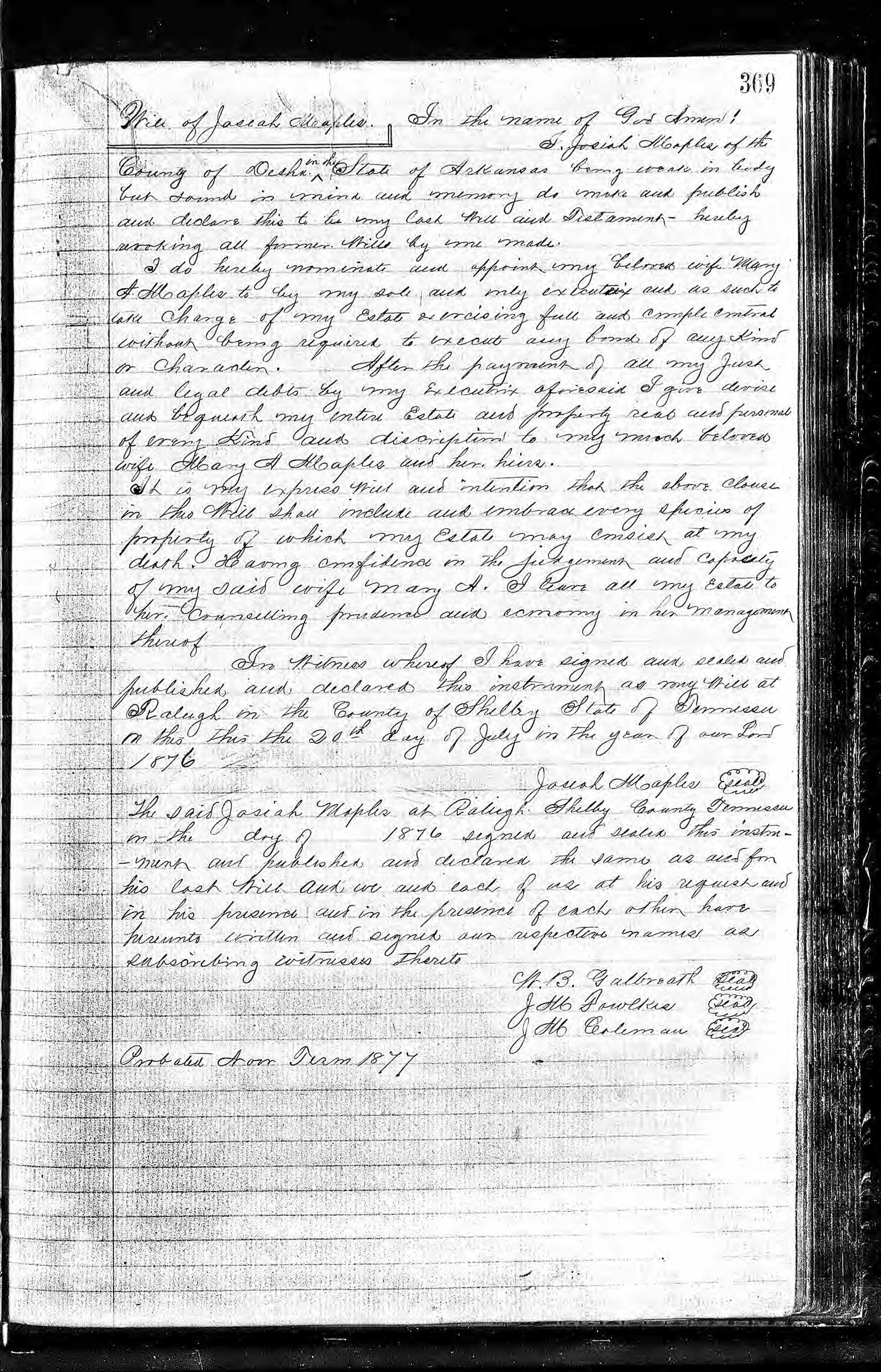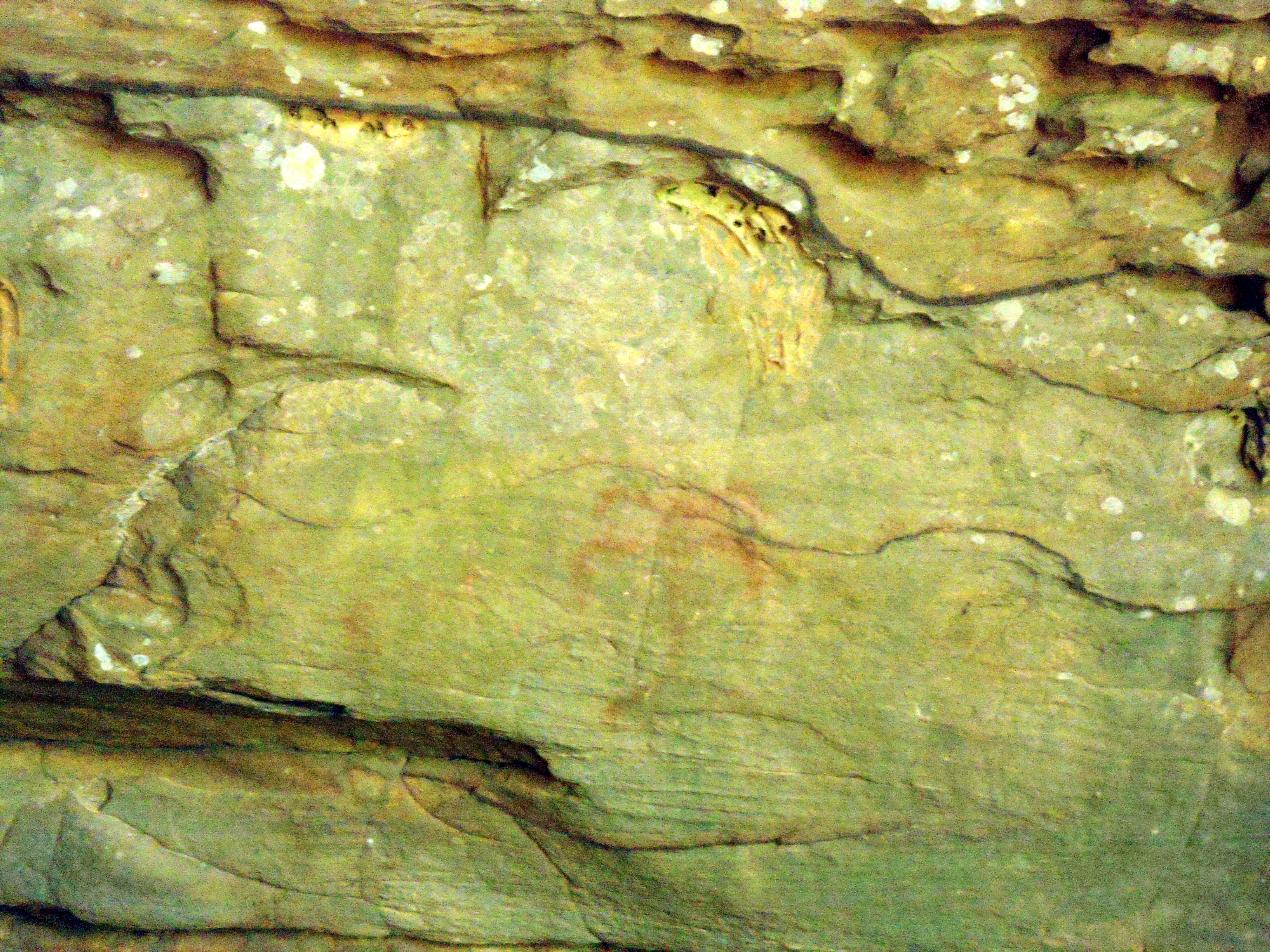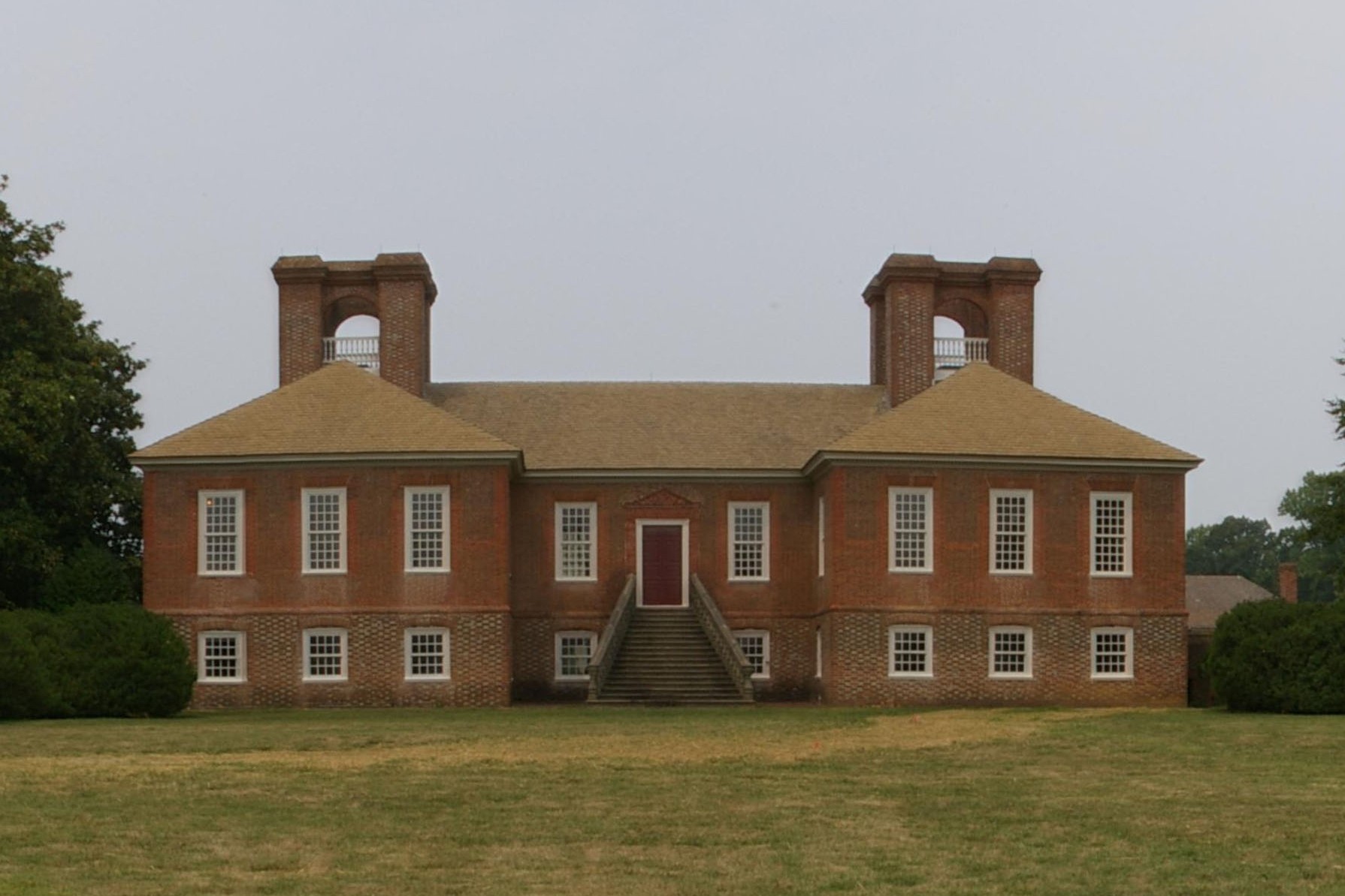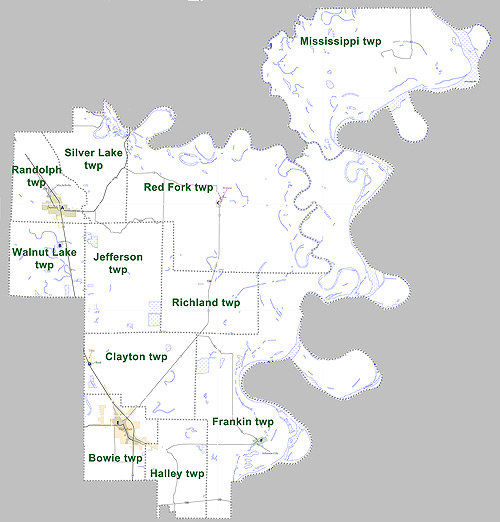|
Josiah Maples
Josiah Maples (September 22, 1876) was a 19th-century cotton plantation owner, bank director, and slave trader of Tennessee, Mississippi, and Arkansas in the United States (and the Confederate States during the American Civil War). Maples is notable as a slave-trading business partner of Nathan Bedford Forrest. Biography Josiah Maples was born in Alabama in approximately 1818 or 1820. In July 1849 Maples was appointed to a "committee of twenty" in DeSoto County, Mississippi that produced a resolution that opposed the Wilmot Proviso, protested Northern Aggression, northern aggression, and "Resolved, 5th. That while we cherish for the Union a lasting and warm regard, yet, we are not to be frightened from maintaining our just rights by being taunted with the name of disunionist feeling that whatever may be the result of this agitation it is chargeable not only on us who only stand on our rights under Constitution of the United States, the constitution, but on those who have on thi ... [...More Info...] [...Related Items...] OR: [Wikipedia] [Google] [Baidu] |
Forrest & Maples
Forrest & Maples was an American slave-trading company based in Memphis, Tennessee, United States during the mid-1850s. The principals, Josiah Maples and Nathan Bedford Forrest, were in business together as Forrest & Maples from July 1854 to December 31, 1855. History In November 1854 Forrest & Maples sold a nine-year-old girl named Page to Lavinia and Lemuel Smith for $600. According to Forrest biographer Jack Hurst: On July 9, 1855, they sold Adisson, age 22, to V. Beckworth for $1,000. Also in 1855, Forrest & Maples sold Mary, age 15, for $800. One interesting case of a runaway slave ad placed by the firm is told in Chase C. Mooney's ''Slavery in Tennessee'' (1957): "Forrest and Maples offered the largest known reward for one of their escapees. They would pay $500 to the deliverer of Richardif taken in a Slave states and free states, free statea Charleston, South Carolina, Charleston-reared carpenter about thirty years old who could read and write well". On New Year's 185 ... [...More Info...] [...Related Items...] OR: [Wikipedia] [Google] [Baidu] |
Byrd Hill
Byrd Hill (November 18, 1800 – September 28, 1872) was a Slave trade in the United States, slave trader of Tennessee and Mississippi prior to the American Civil War. Byrd Hill has been described as one of the "big four" slave traders in the centrally located city of Memphis, Tennessee, Memphis on the Mississippi River. Hill was partners for a time with Nathan Bedford Forrest and is believed to have resold six of the Africans illegally trafficked to the United States on the ''Wanderer (slave ship), Wanderer'' in 1859. Hill also made a fleeting appearance in Harriet Beecher Stowe's ''A Key to Uncle Tom's Cabin''. Biography Records of Byrd Hill's early life appear to be meager. He received a number of warrants for land in Tennessee in 1825, 1826, 1828, and 1842. On June 15, 1830, he married Louisa A. Eddins. In 1830 he was a resident of Madison County, Tennessee, in a household with an unidentified white female in her 20s, and five black slaves (a male adult, a female adult, a bo ... [...More Info...] [...Related Items...] OR: [Wikipedia] [Google] [Baidu] |
Cotton Bale
A Cotton bale is a standard-sized and weighted pack of compressed cotton lint after ginning. The dimensions and weight may vary with different cotton-producing countries. Significance A bale has an essential role from the farm to the factory. The cotton yield is calculated in terms of the number of bales. Bale is a standard packaging method for cotton to avoid various hassles in handling, packing, and transportation. The bales also protect the lint from foreign contamination and make them readily identifiable. Standards Bale A "bale of cotton" is also the standard trading unit for cotton on the wholesale national and international markets. Although different cotton-growing countries have their bale standards, for example, In the United States, cotton is usually measured at approximately 0.48 cubic meters (17 cubic feet) and weighs 226.8 kilograms (500 pounds). In India, the standard bale size is 170 kg. Parameters The most important parameters of a cotton bale ... [...More Info...] [...Related Items...] OR: [Wikipedia] [Google] [Baidu] |
Watson, Arkansas
Watson is a city in Desha County, Arkansas, United States. The population was 211 at the 2010 census. Delta Heritage Trail In 1992, the Union Pacific Railroad discontinued service on a rail line which ran directly through Watson, and a right-of-way on which the rail line ran was donated to the State of Arkansas. Parts of the abandoned rail line have since been converted into the Delta Heritage Trail. The portion of the trail passing through Watson is still under construction. A wilderness lies to the north of the town, where the trail will have views of the Arkansas River (from the Yancopin Bridge), and of the White River (from the Benzal Bridge). Between the bridges, the trail is planned to traverse old-growth hardwood forest within the Trusten Holder State Wildlife Management Area. Geography According to the United States Census Bureau, the city has a total area of , all land. Demographics 2020 census As of the 2020 United States census, there were 185 people, 115 hou ... [...More Info...] [...Related Items...] OR: [Wikipedia] [Google] [Baidu] |
Arkansas River
The Arkansas River is a major tributary of the Mississippi River. It generally flows to the east and southeast as it traverses the U.S. states of Colorado, Kansas, Oklahoma, and Arkansas. The river's source basin lies in the western United States in Colorado, specifically the Arkansas River Valley. The headwaters derive from the snowpack in the Sawatch and Mosquito mountain ranges. It flows east into the Midwest via Kansas, and finally into the South through Oklahoma and Arkansas. At , it is the sixth-longest river in the United States, the second-longest tributary in the Mississippi– Missouri system, and the 45th longest river in the world. Its origin is in the Rocky Mountains in Lake County, Colorado, near Leadville. In 1859, placer gold discovered in the Leadville area brought thousands seeking to strike it rich, but the easily recovered placer gold was quickly exhausted. The Arkansas River's mouth is at Napoleon, Arkansas, and its drainage basin covers nearly ... [...More Info...] [...Related Items...] OR: [Wikipedia] [Google] [Baidu] |
Red Fork, Arkansas
Red is the color at the long wavelength end of the visible spectrum of light, next to orange and opposite violet. It has a dominant wavelength of approximately 625–740 nanometres. It is a primary color in the RGB color model and a secondary color (made from magenta and yellow) in the CMYK color model, and is the complementary color of cyan. Reds range from the brilliant yellow-tinged scarlet and vermillion to bluish-red crimson, and vary in shade from the pale red pink to the dark red burgundy. Red pigment made from ochre was one of the first colors used in prehistoric art. The Ancient Egyptians and Mayans colored their faces red in ceremonies; Roman generals had their bodies colored red to celebrate victories. It was also an important color in China, where it was used to color early pottery and later the gates and walls of palaces. In the Renaissance, the brilliant red costumes for the nobility and wealthy were dyed with kermes and cochineal. The 19th century brought the ... [...More Info...] [...Related Items...] OR: [Wikipedia] [Google] [Baidu] |
Arkansas River Valley
The Arkansas River Valley (usually shortened to River Valley) is a region in Arkansas defined by the Arkansas River in the western part of the state. Generally defined as the area between the Ozark and Ouachita Mountains, the River Valley is characterized by flat lowlands covered in fertile farmland and lakes periodically interrupted by high peaks. Mount Magazine, Mount Nebo, and Petit Jean Mountain compose the Tri-Peaks Region, a further subdivision of the River Valley popular with hikers and outdoors enthusiasts. In addition to the outdoor recreational activities available to residents and visitors of the region, the River Valley contains Arkansas's wine country as well as hundreds of historical sites throughout the area. It is one of six natural divisions of Arkansas. Definition The Arkansas River Valley is not formally defined along county boundaries, including all of Logan and Sebastian counties and portions of Conway, Franklin, Johnson, Perry, Pope, and Yell counties. Su ... [...More Info...] [...Related Items...] OR: [Wikipedia] [Google] [Baidu] |
Josiah Maples Will Of July 20 1876
Josiah ( or ) or Yoshiyahu; la, Iosias was the 16th king of Judah (–609 BCE) who, according to the Hebrew Bible, instituted major religious reforms by removing official worship of gods other than Yahweh. Josiah is credited by most biblical scholars with having established or compiled important Hebrew scriptures during the "Deuteronomic reform" which probably occurred during his rule. Josiah became king of the Kingdom of Judah at the age of eight, after the assassination of his father, King Amon. Josiah reigned for 31 years, from 641/640 to 610/609 BCE. Josiah is known only from biblical texts; no reference to him exists in other surviving texts of the period from Egypt or Babylon, and no clear archaeological evidence, such as inscriptions bearing his name, has ever been found. Nevertheless, most scholars believe that he existed historically and that the absence of documents is due to few documents of any sort surviving from this period, and to Jerusalem having been occupied, ... [...More Info...] [...Related Items...] OR: [Wikipedia] [Google] [Baidu] |
United States Department Of The Treasury
The Department of the Treasury (USDT) is the national treasury and finance department of the federal government of the United States, where it serves as an executive department. The department oversees the Bureau of Engraving and Printing and the U.S. Mint. These two agencies are responsible for printing all paper currency and coins, while the treasury executes its circulation in the domestic fiscal system. The USDT collects all federal taxes through the Internal Revenue Service; manages U.S. government debt instruments; licenses and supervises banks and thrift institutions; and advises the legislative and executive branches on matters of fiscal policy. The department is administered by the secretary of the treasury, who is a member of the Cabinet. The treasurer of the United States has limited statutory duties, but advises the Secretary on various matters such as coinage and currency production. Signatures of both officials appear on all Federal Reserve notes. The ... [...More Info...] [...Related Items...] OR: [Wikipedia] [Google] [Baidu] |
Cotton
Cotton is a soft, fluffy staple fiber that grows in a boll, or protective case, around the seeds of the cotton plants of the genus '' Gossypium'' in the mallow family Malvaceae. The fiber is almost pure cellulose, and can contain minor percentages of waxes, fats, pectins, and water. Under natural conditions, the cotton bolls will increase the dispersal of the seeds. The plant is a shrub native to tropical and subtropical regions around the world, including the Americas, Africa, Egypt and India. The greatest diversity of wild cotton species is found in Mexico, followed by Australia and Africa. Cotton was independently domesticated in the Old and New Worlds. The fiber is most often spun into yarn or thread and used to make a soft, breathable, and durable textile. The use of cotton for fabric is known to date to prehistoric times; fragments of cotton fabric dated to the fifth millennium BC have been found in the Indus Valley civilization, as well as fabric remnants date ... [...More Info...] [...Related Items...] OR: [Wikipedia] [Google] [Baidu] |
Plantation Complexes In The Southern United States
A plantation complex in the Southern United States is the built environment (or complex) that was common on agricultural plantations in the American South from the 17th into the 20th century. The complex included everything from the main residence down to the pens for livestock. Until the abolition of slavery, such plantations were generally self-sufficient settlements that relied on the forced labor of enslaved people. Plantations are an important aspect of the history of the Southern United States, particularly the antebellum era (pre-American Civil War). The mild temperate climate, plentiful rainfall, and fertile soils of the southeastern United States allowed the flourishing of large plantations, where large numbers of enslaved Africans or African Americans were held captive and forced to produce crops to create wealth for a white elite. Today, as was also true in the past, there is a wide range of opinion as to what differentiated a plantation from a farm. Typically ... [...More Info...] [...Related Items...] OR: [Wikipedia] [Google] [Baidu] |
Desha County, Arkansas
Desha County ( ) is a county located in the southeast part of the U.S. state of Arkansas, with its eastern border the Mississippi River. At the 2010 census, the population was 13,008. It ranks 56th of Arkansas's 75 counties in terms of population. The county seat is Arkansas City. Located in the Arkansas Delta, Desha County's rivers and fertile soils became prosperous for planters under the cotton-based economy of plantation agriculture in the antebellum years and late 19th century. Still largely rural, it has suffered population losses and economic decline since the mid-20th century. But following widespread farm mechanization, Desha County underwent a demographic and economic transformation. Farm workers left the area because of the lack of work, and there was a decline in population. Farm holdings have been consolidated into industrial style farms and the economy cannot support much activity. In the 21st century, the county is seeking to reverse population and economic los ... [...More Info...] [...Related Items...] OR: [Wikipedia] [Google] [Baidu] |









